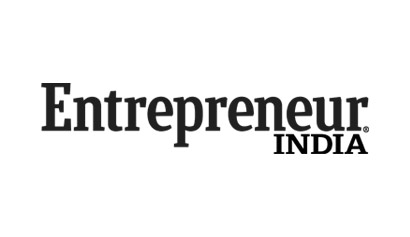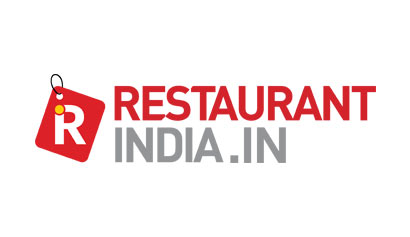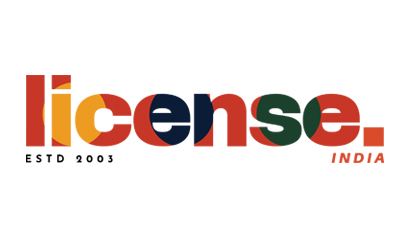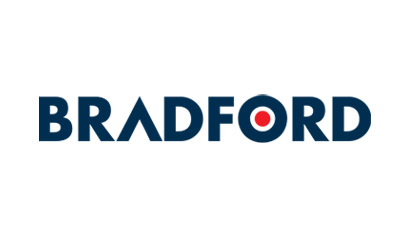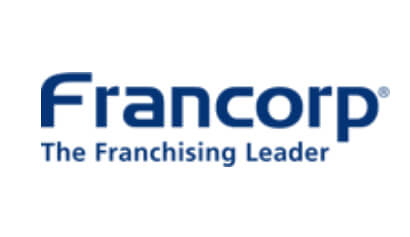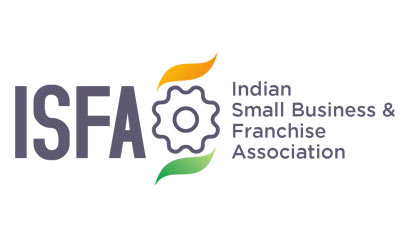To get access to over 10000+ Franchise Business Opportunities.
Network with the growing Business Community to get expert interventions to let you learn to Grow & Expand your Business with Franchising.
As global distances blur, India remains a top market for international apparel and lifestyle brands. More so they have an interesting business proposition to offer.

The success of Spanish fast fashion retailer Zara in India is often considered as a case study by itself. For, not every brand that has entered the Indian market has managed to sell more than USD 100 million worth of products in a short span of five years after it opened its first store in 2015, in a joint venture with Trent Ltd. Like Zara, many global brands have entered India over the past three years. In the last two years alone a legion of fabled global fashion brands like Inc, Spanish brands Women’s Secret and Springfield, Italian children’s wear brand Monnalisa and Chinese fast fashion retailer Yoyoso have entered India.
BUSINESS PROPOSITION
The overall setup cost for a franchise store of any typical global/luxury brands would be around Rs 1 crore for a 1,500 sq. feet store at any high street location in a Tier I city. While the initial inventory cost would be around Rs 20 lakhs, the interiors including IT equipment, display screens and other expenses would be Rs 60 lakhs.
The operational expenses per month would be Rs 7-10 lakhs on rent, Rs 60,000-70,000 on salaries and Rs 25,000 on electricity bill and other petty expenses. Brands claim that on an average, a store in a high street location could make Rs 40-45 lakhs in sales every month, with the average footfalls on a weekday being 30-35. The footfalls would double or triple during weekends and special occasions. With 40-70% profit margins that will further be shared by the brand and the franchisee, the average pay back period is 2-5 years depending on the sales.
IN AN EXPANSION MODE
Global brand familiarity among customers from metro to smaller cities is very high, Ahmed highlights. Tablez India, a subsidiary of Lulu Group, currently operates over 60 outlets across the globe and has the master franchise for Springfield, Women’s Secret and Yoyoso. In fact, identifying the importance of the customer base in the Indian market, Arvind Lifestyle Brands, the master franchisee of GAP Inc., rolled out a range of ‘Make for India’ products exclusively customized for the local shoppers.
The collection has customization in colours, fitting and designs. Speaking about the collection, Parag Dani, India Business Head, Arvind Lifestyle Brands, maintained that the range was developed based on the inputs given by its customers. “While Gap has democratic products throughout the world, some minor tweaks have been made for the select India range on an experimental basis,” he says.
While global brands have been largely focused on metro and Tier-I cities, many of the luxury fashion brands are experimenting with newer markets for better reach and revenues. This is fairly expected as the growth in luxury spending in India is 30 times more in Tier II cities as compared to Tier I cities, says the American Express Luxury Spend Analysis 2018. The report says that for instance, in Delhi NCR although the merchant base has grown by 20 per cent from 2013 to 2018, transactions are almost the same. However, in cities such as Chandigarh, Ahmedabad, Jaipur and Udaipur, luxury retail spend share increased from 9 per cent to 59 per cent between 2013-2018.
Hence, luxury brands like Madame, 109°F, Arrow, GAP and VOI Jeans are penetrating upcountry market enormously. Bipan Jain, Managing Director, Madame, points out, “People in small towns are now changing from a simpler/conservative lifestyle to a bit flaunty one, which makes them a strong customer base for a brand like ours. We see immense potential in these markets and around 35-40 per cent of growth is coming from Tier II and beyond areas.”
Further, brands like VOI Jeans are turning to Tier II and III cities to leverage on lower operational costs and higher profitability. According to the UK-based denim maker, which is aiming to double its revenue to reach Rs 100 crore by 2021, denim retail stores in metros face major challenge from high operational costs, and not high competition. “On the contrary, upcountry markets offer cost-effective rentals coupled with demand for high fashion. This results in longer viability of the stores,” says Vimal Kumar Kamnani, CEO, VOI Jeans India.


Business Opportunities
Browse By Investment Range
Browse By States
Popular Cities




